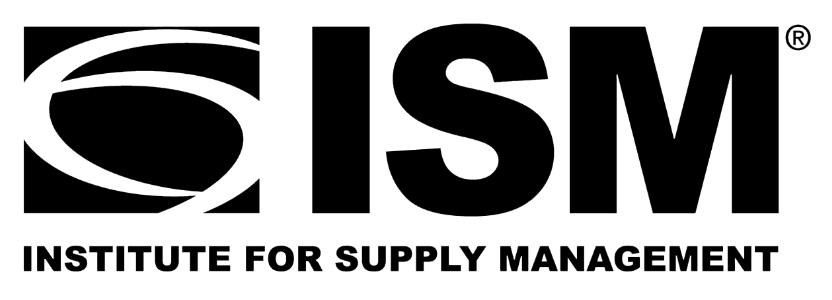Economy

Beige Book shows concerns about trade policy
Written by Stephanie Ritenbaugh
April 23, 2025
Economic indicators reveal growing uncertainty around international trade policy and its impact on domestic business, according to the Federal Reserve’s Beige Book April report issued this week.
Of the 12 districts included in the report, just five saw slight growth, three saw activity stay flat, and the remaining four saw slight-to-modest declines.
The Beige Book is a summary report of commentary on current economic conditions across the Federal Reserve’s 12 districts.
Manufacturing was mixed, but two-thirds of districts said activity was little changed or had declined. The energy sector experienced modest growth.
“The outlook in several districts worsened considerably as economic uncertainty, particularly surrounding tariffs, rose,” the report stated.
Non-auto consumer spending was lower overall, but most districts saw higher sales of vehicles and nondurable items as more consumers rushed to purchase ahead of tariff-related price increases.
Prices
Prices increased across districts, with six characterizing price growth as modest and six characterizing it as moderate, similar to last month.
Companies across most districts expected tariffs to drive up costs, and many firms have already received notices from suppliers that costs would be increasing, the report found.
Firms reported adding tariff surcharges or shortening pricing horizons to account for uncertain trade policy.
“Most businesses expected to pass through additional costs to customers,” the report stated. “However, there were reports about margin compression amid increased costs, as demand remained tepid in some sectors, especially for consumer-facing firms.”
Below is a summary of five of the districts, with a focus on manufacturing.
Atlanta
The Atlanta district’s economy grew slightly. Employment was flat, while wages, non-labor costs, and firms’ prices increased modestly. Retail sales fell slightly, and travel and tourism declined modestly. Home sales rose modestly, but commercial real estate softened. Manufacturing declined. Energy activity rose slowly.
Chicago
Economic activity was little changed. Consumer spending rose modestly; employment and construction and real estate activity were up slightly; manufacturing was flat; business spending declined slightly. Prices increased modestly, wages rose slightly, and financial conditions tightened. Prospects for 2025 farm income were unchanged.
Minneapolis
Economic activity was lower. Employment declined and labor demand continued to soften. Wage growth was modest, and price increases were moderate. Consumer spending was lower with some exceptions. Manufacturing experienced modest improvements. Construction activity fell overall. Commercial real estate was mostly unchanged, and home sales declined. Agricultural conditions remained weak.
Dallas
Growth slowed to a slight pace. Manufacturing and oil field activity rose modestly. Commercial real estate activity was steady, while housing demand remained tepid. Employment increased, and input cost pressures accelerated. Outlooks deteriorated as heightened uncertainty surrounding domestic and trade policy hindered firms’ ability to plan.
San Francisco
Economic activity slowed slightly. Employment fell slightly. Wages grew slightly, and prices rose modestly. Demand for business and consumer services and for retail goods weakened. Activity in manufacturing and residential and commercial real estate markets softened. The economic outlook worsened materially.

Stephanie Ritenbaugh
Read more from Stephanie RitenbaughLatest in Economy

New York state manufacturing index drops again in April
Firms were pessimistic, with the future general business conditions index falling to its second lowest reading in the more than 20-year history of the survey

Construction adds 13,000 jobs in March
The construction sector added 13,000 jobs, seasonally adjusted, in March, but tariffs could undermine the industry.

Supply chains, end-users brace for impact from tariffs
Supply chains are working through what the tariffs mean for them

ISM: Manufacturing expansion loses steam after two months of growth
US manufacturing activity slowed in March after two straight months of expansion, according to supply executives contributing to the Institute for Supply Management (ISM)’s latest report.
